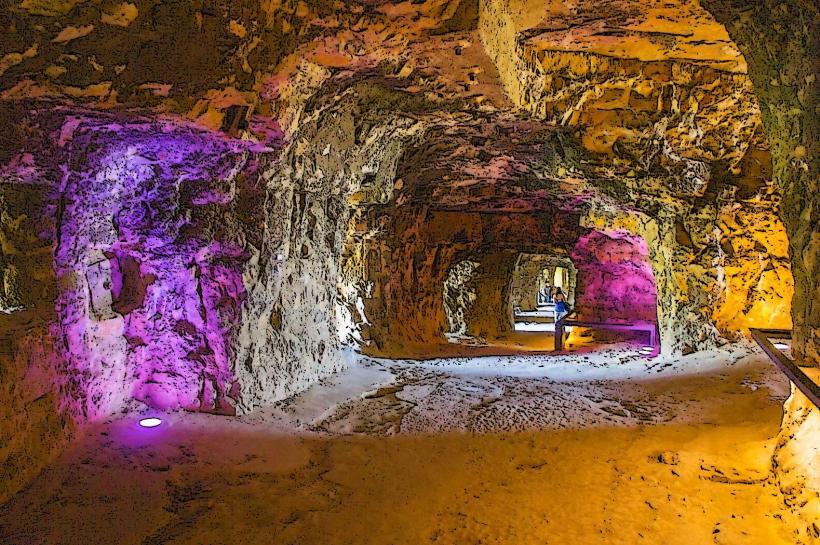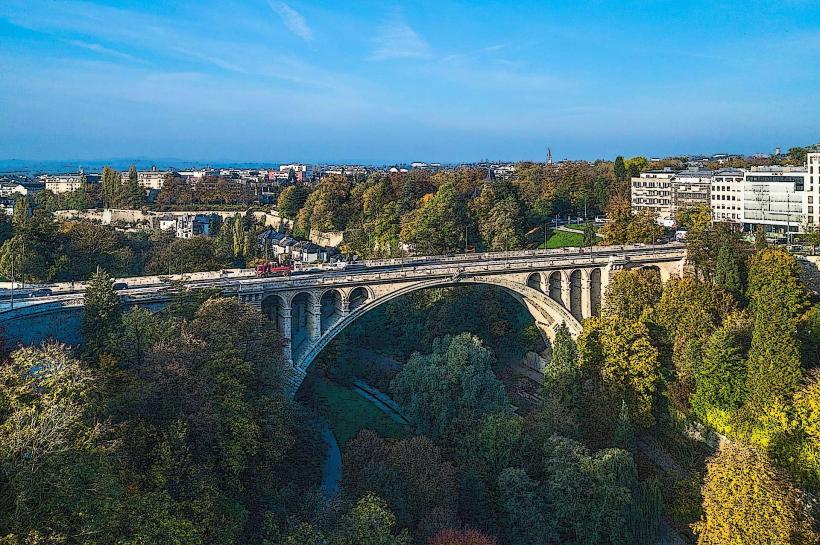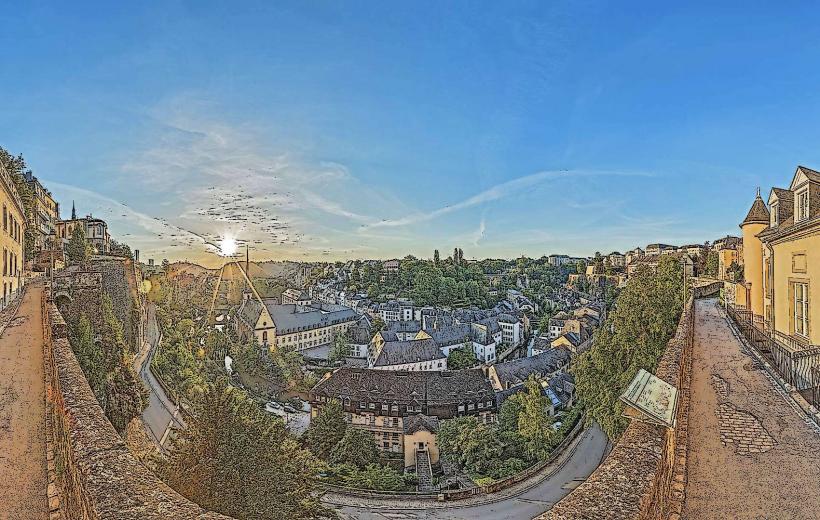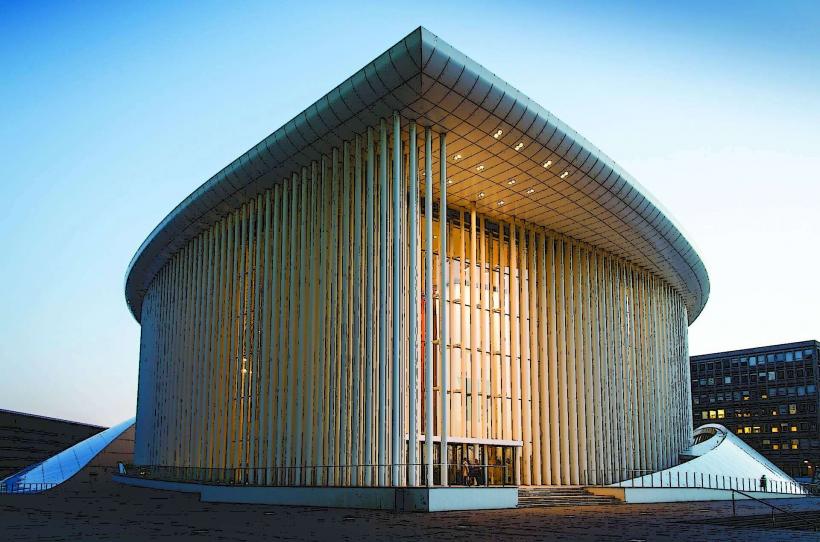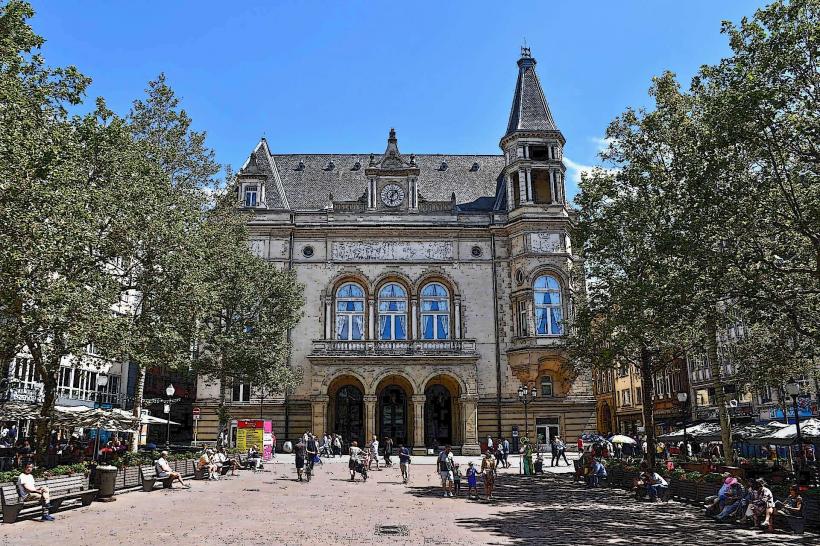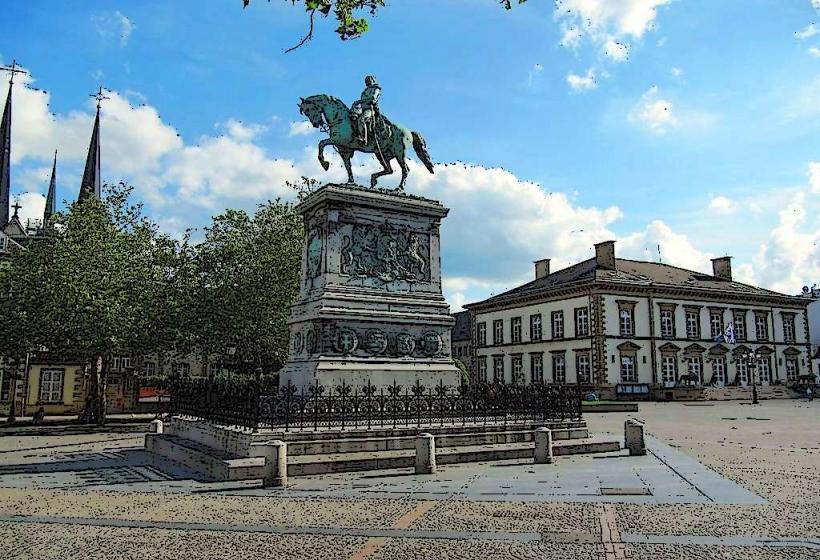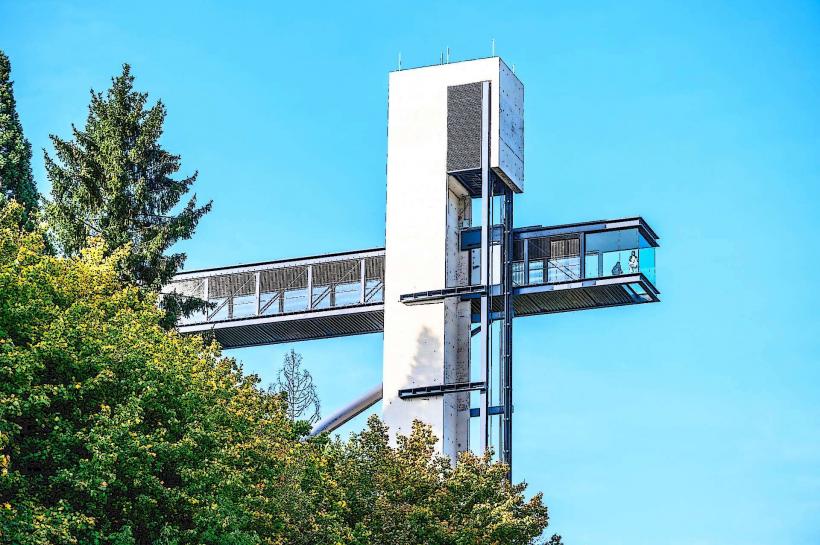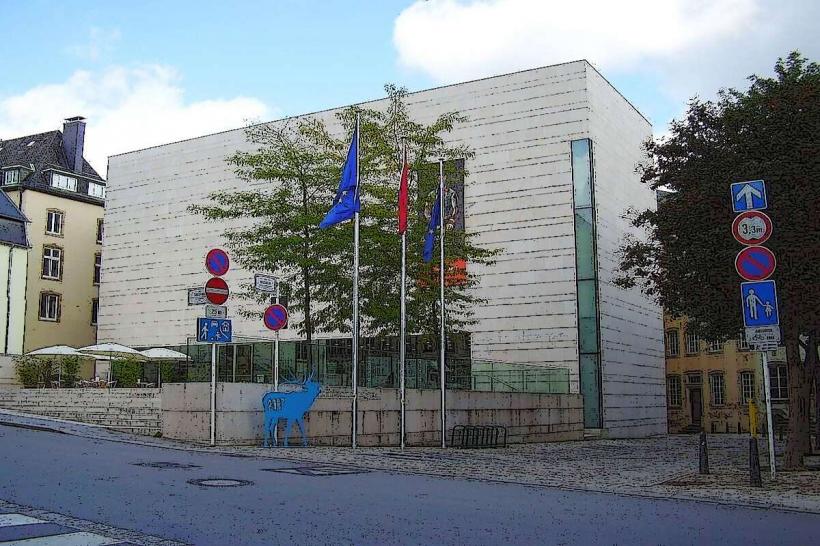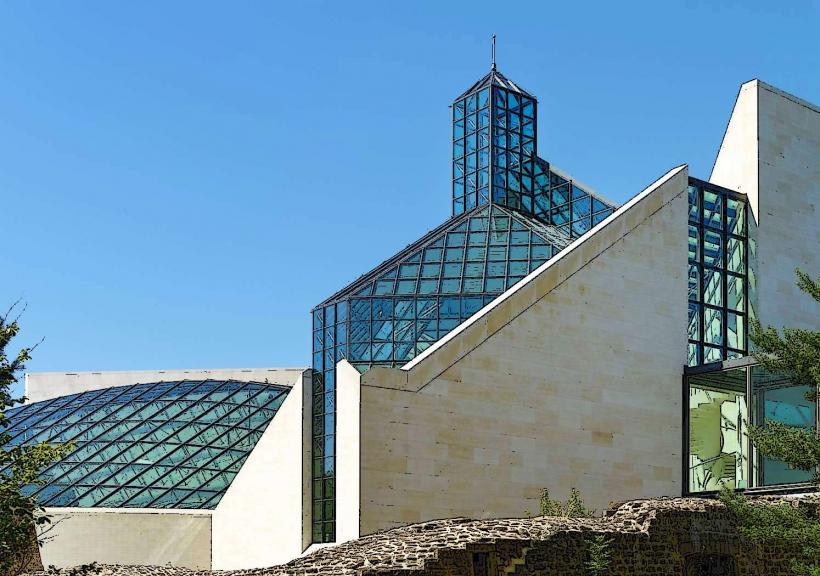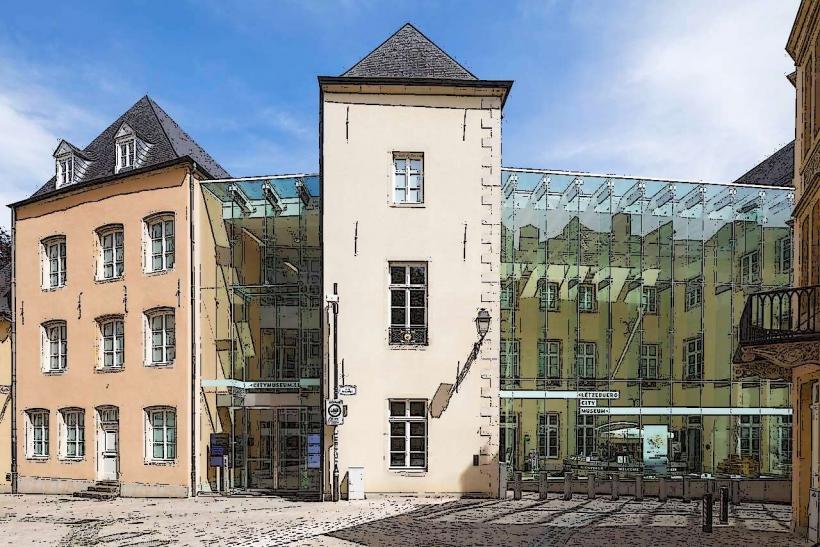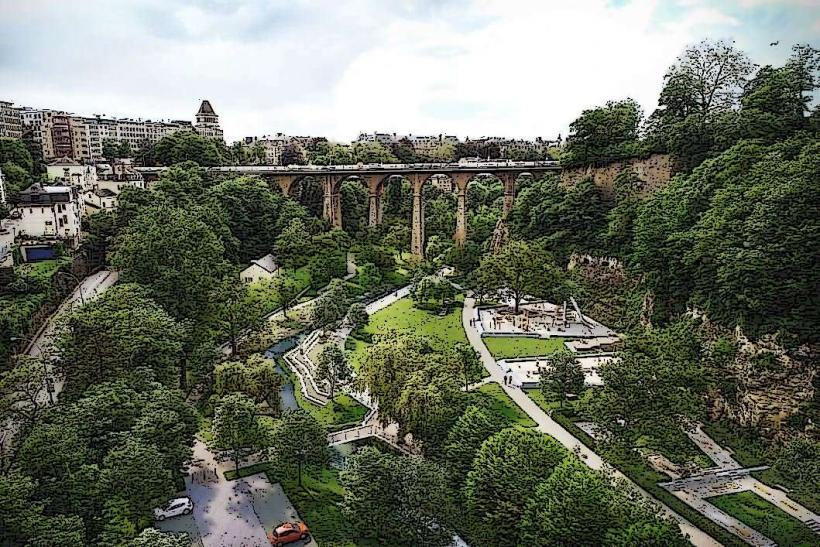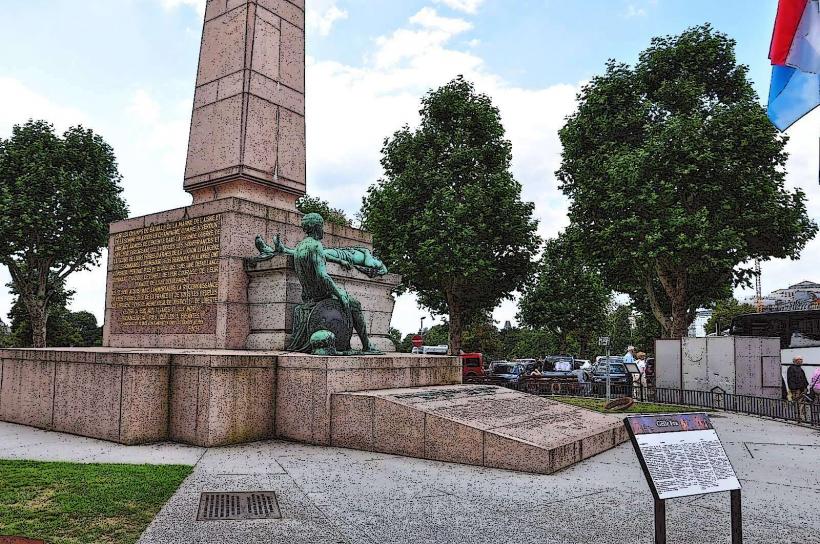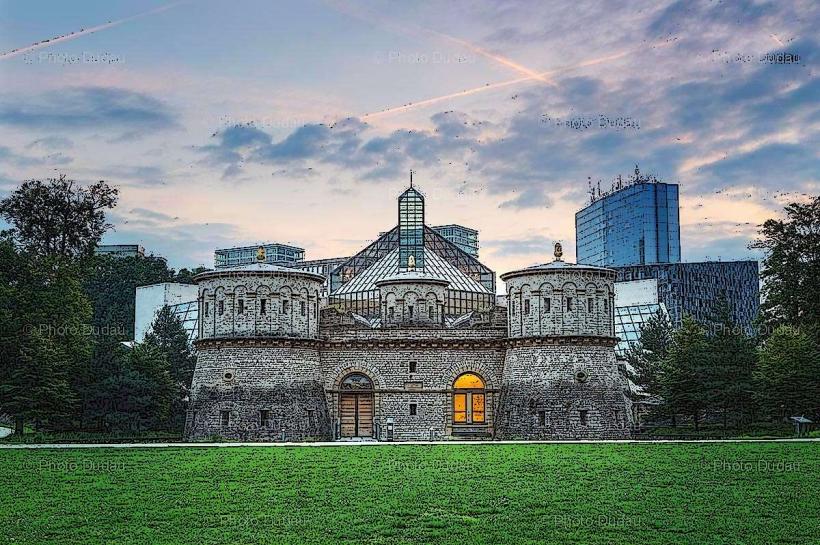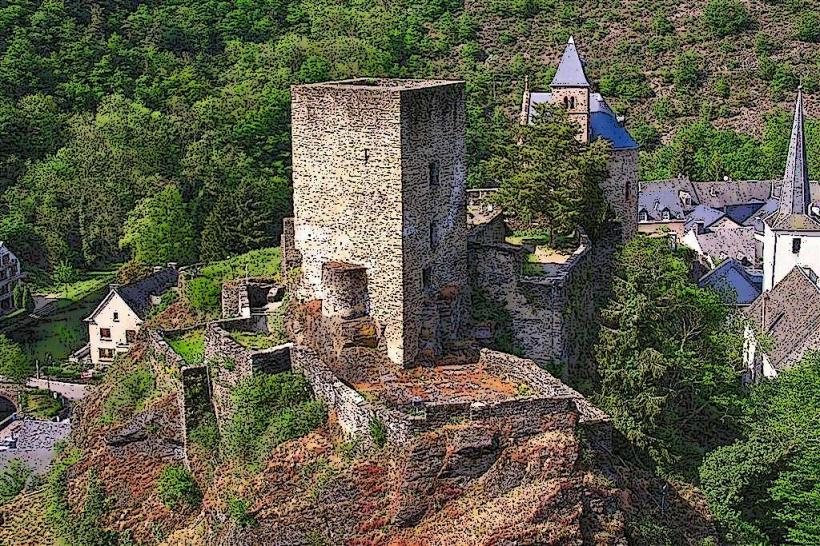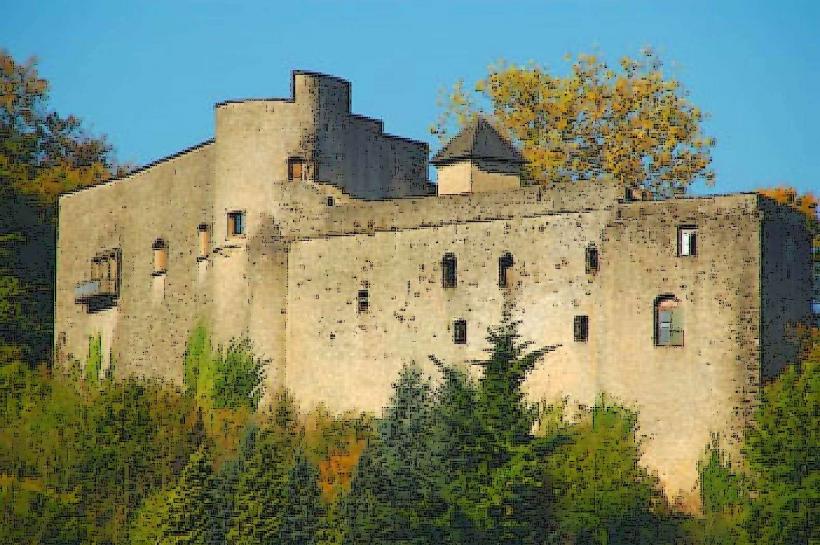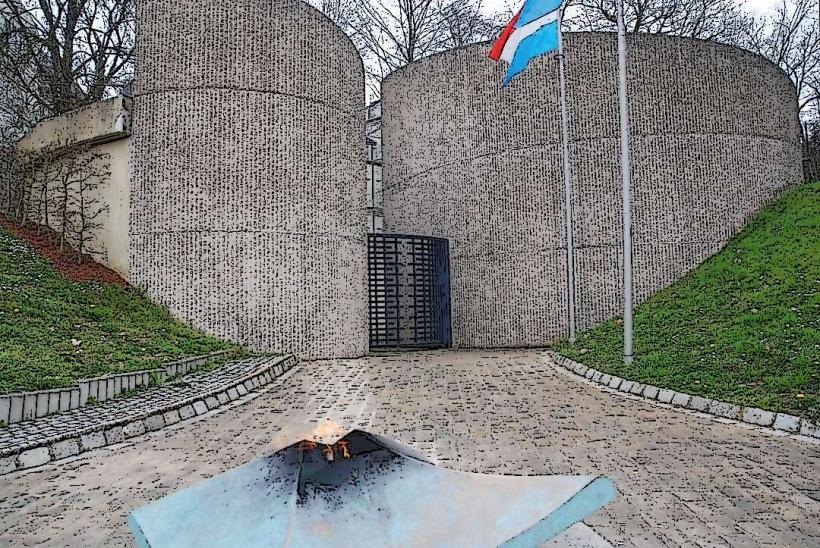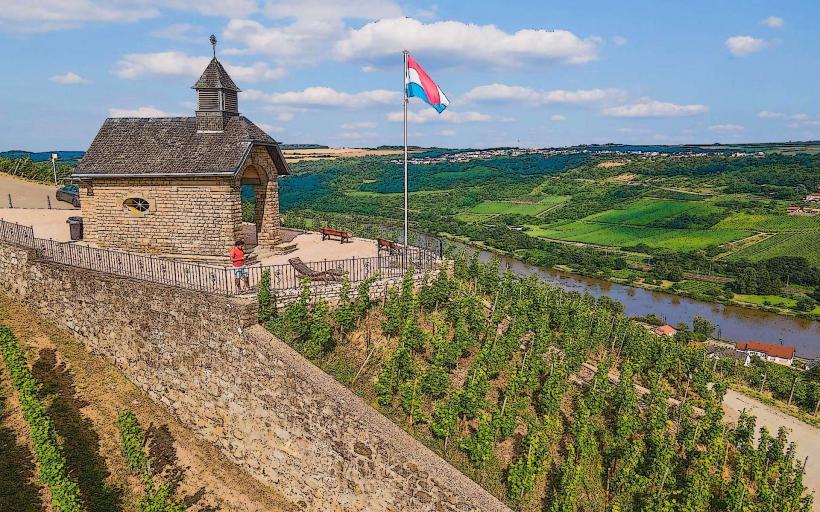Information
Landmark: Notre-Dame CathedralCity: Luxembourg City
Country: Luxembourg
Continent: Europe
Notre-Dame Cathedral: A Detailed Overview
The Notre-Dame Cathedral (Cathédrale Notre-Dame) in Luxembourg City is one of the most important religious and architectural landmarks in the country. Known for its striking Gothic design, historical significance, and role in Luxembourg's spiritual and cultural life, it is a must-visit site for those interested in history, architecture, and religion.
Location and Setting
- City Center: The cathedral is located in the Ville Haute district of Luxembourg City, not far from the main square and the Grand Ducal Palace. Its central location makes it easily accessible from many of the city's key attractions.
- Surroundings: The cathedral is situated on a hill that overlooks the Alzette River, offering beautiful views of the surrounding areas, including the old town with its winding streets and historic buildings.
History and Significance
- Foundation: The cathedral’s origins date back to the 17th century. It was originally built as a Jesuit church and was dedicated to the Virgin Mary. Construction began in 1613, and it was completed in 1621.
- Conversion to Cathedral: In 1870, after Luxembourg became a Grand Duchy, the church was elevated to cathedral status. It became the primary religious site for the country, housing the bishop's seat of the Roman Catholic Diocese of Luxembourg.
- Historical Role: Over the centuries, the cathedral has been the site of numerous significant events, including royal weddings, state funerals, and national celebrations. It holds great importance as a religious center for both the people of Luxembourg and the Grand Ducal family.
Architectural Style
- Gothic Architecture: The Notre-Dame Cathedral is one of the finest examples of Gothic architecture in Luxembourg. The church features pointed arches, ribbed vaults, and flying buttresses, which were typical of the Gothic style.
- Facade: The main façade of the cathedral is adorned with intricate stone carvings, and the twin towers rise majestically above the entrance. The towers are topped with spires that are a hallmark of the cathedral’s Gothic design.
- Interior: Inside, the cathedral is equally impressive with its high vaulted ceilings, stained-glass windows, and richly decorated altars. The cathedral’s interior is designed to inspire awe, with many intricate details in the stonework and wood carvings.
- Stained Glass: The cathedral features stunning stained-glass windows, some of which date back to the 19th century. The glass tells biblical stories and is particularly beautiful when the light filters through, casting colorful reflections on the interior.
Key Features
- The Altar: The main altar of the cathedral is beautifully designed and a focal point for worship. It is located under a large, intricate wooden canopy that is a key architectural feature of the church.
- Chapel of Our Lady: This chapel, located on the side of the cathedral, houses a statue of the Virgin Mary and is a place of personal devotion for many visitors and locals.
- Crypt: Beneath the cathedral lies a crypt where members of the Grand Ducal family and other important figures are buried. The crypt adds to the historical significance of the cathedral as a place of both religious and royal importance.
- Sacred Art: The cathedral is home to several pieces of sacred art, including altarpieces, statues, and paintings, many of which have been created by renowned Luxembourgish and European artists.
Cultural and Religious Role
- Religious Functions: As the main Catholic cathedral in Luxembourg, Notre-Dame serves as the primary venue for important religious ceremonies in the country. These include mass services, baptisms, confirmations, weddings, and funerals. The cathedral is also the venue for the country’s major national celebrations, including the annual Luxembourgish National Day.
- Royal Connection: The cathedral holds special significance for the Grand Ducal family. It is the site of state funerals, royal weddings, and other official events involving the Grand Duke or Grand Duchess.
- Pilgrimages: The cathedral is also a place of pilgrimage for Catholics, especially those who come to pray before the statue of the Virgin Mary, a central figure in the church's devotion.
Visitor Information
- Opening Hours: The cathedral is open to the public year-round, with specific hours for visitors. It is also open for mass services, and guests are welcome to attend these as part of the religious experience.
- Guided Tours: Visitors can explore the cathedral on their own or join a guided tour to learn about its history, architecture, and the role it plays in Luxembourg’s religious and cultural life.
- Access: Admission to the cathedral is free, but donations are encouraged to help maintain the building and support its services.
- Events and Concerts: The cathedral often hosts musical events, such as organ recitals and choral performances. These concerts add a unique cultural experience to a visit, showcasing the cathedral's excellent acoustics and rich musical heritage.
Atmosphere and Essence
Notre-Dame Cathedral is a place where history, culture, and spirituality intertwine. The towering structure, with its elegant spires and intricate details, stands as a testament to Luxembourg’s religious and architectural heritage. Whether you’re admiring the beauty of the stained-glass windows, attending a service, or simply soaking in the peaceful atmosphere, the cathedral offers a deep sense of reverence and connection to Luxembourg’s past and present.
In summary, the Notre-Dame Cathedral is a stunning representation of Luxembourg’s Gothic heritage, a key religious site, and a cultural treasure. Its significance extends beyond architecture, as it serves as a center for spiritual life and national identity, making it a must-see for anyone visiting Luxembourg City.


